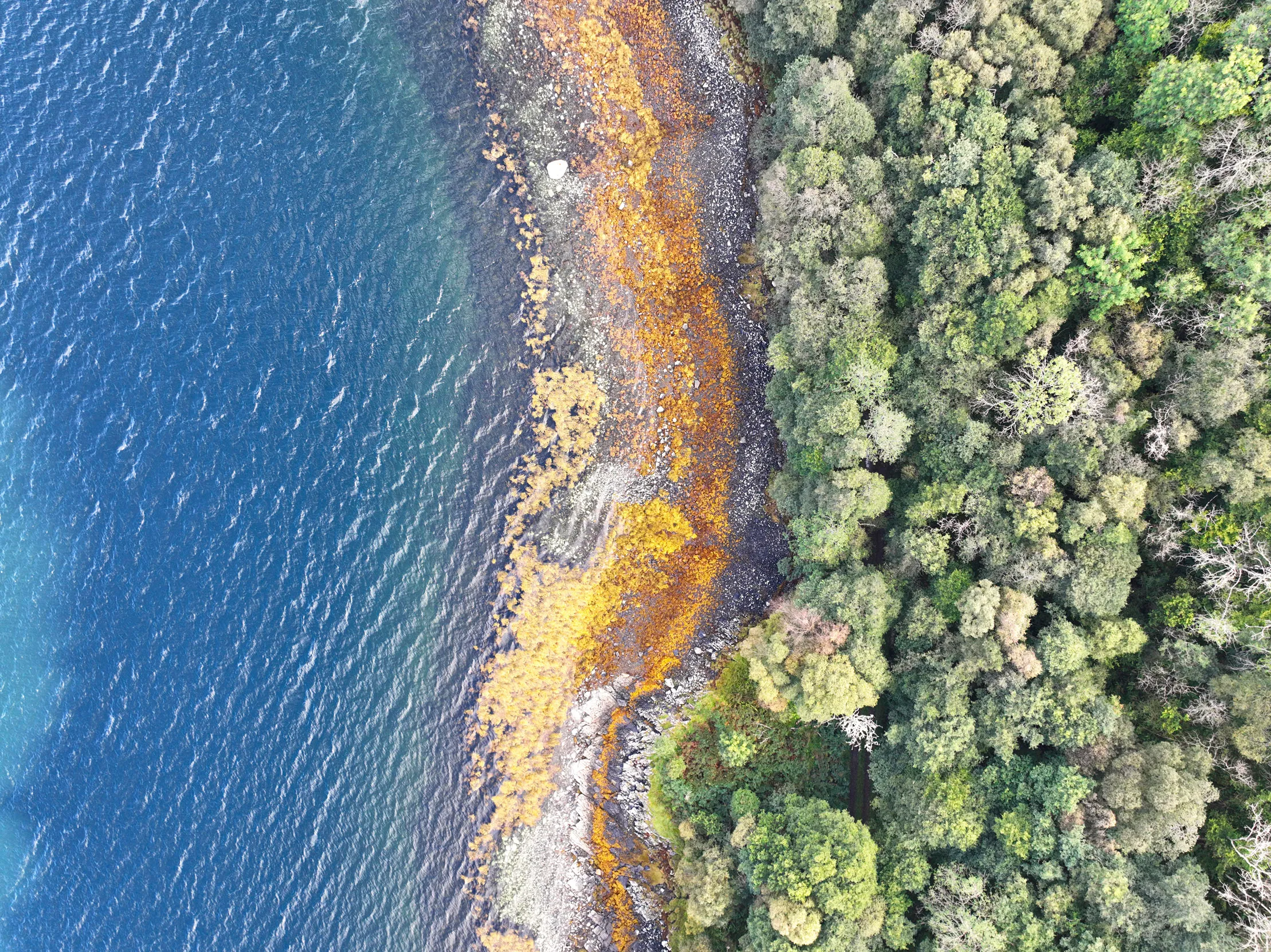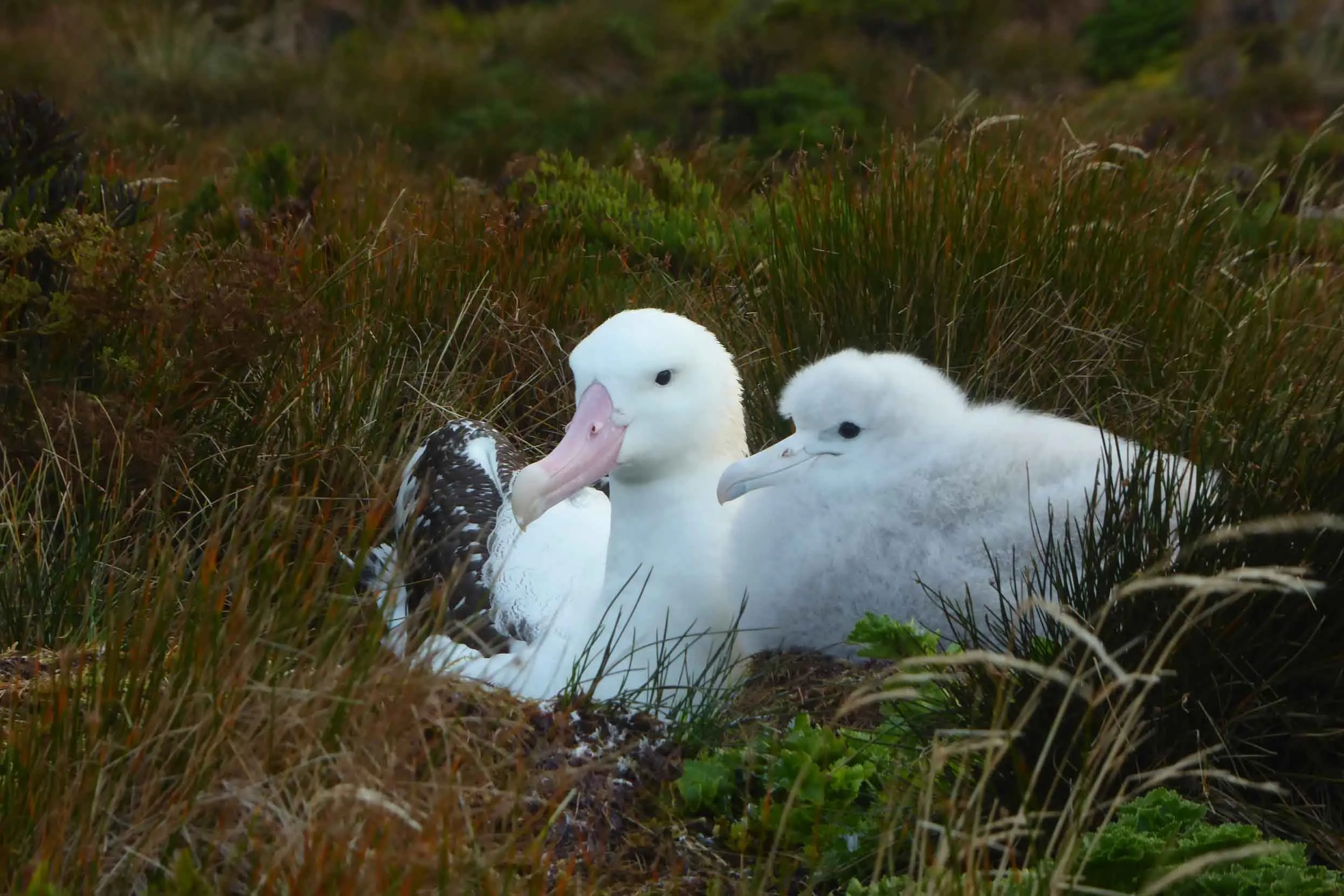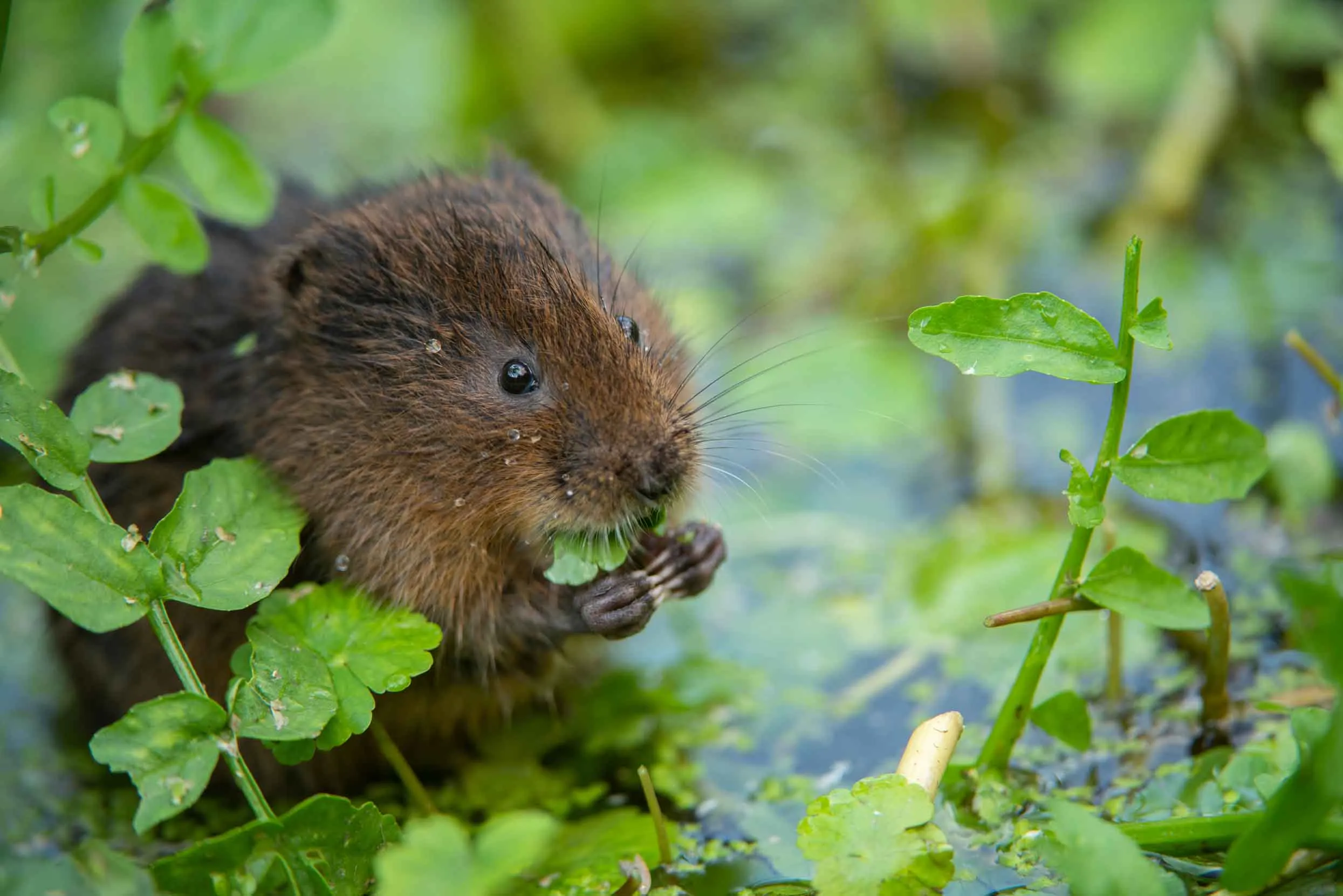News
Win tickets to see the Wild Isles Live Tour
One winner will receive a pair of tickets to join Alastair Fothergill, Wild Isles producer, for an inspiring evening of ...
We’ve packed a lot into our latest Annual Report, but if you don’t have time to read it from cover to cover, don’t worry – we’ve picked out five of the top stories from the past year, to give you a flavour of what we’ve been getting up to.

In March 2023, more than three years of hard work culminated in the premiere of Wild Isles – the stunning BBC natural history series we co-produced with Silverback Films, alongside WWF and the Open University. Presented by Sir David Attenborough, it showcased UK wildlife – from Puffins and Kingfishers, to Red Squirrels and Orcas – like never before.
As well as highlighting the beauty of our natural world, the series also delivered a stark message: the UK is one of the most nature-depleted countries in the world and we must act now to help it recover.
We were involved in Wild Isles from its inception, helping to finance the series alongside WWF, the Open University and the BBC. Over the following years we supported its production every step of the way, from filming, to scientific advice, to publicity and finally using the series to inspire action for nature through the Save Our Wild Isles campaign.
More than 10 million people tuned in to watch Wild Isles and early data suggests the series has inspired an increased love of UK nature and awareness of its plight. If you missed it, you can catch up on BBC iPlayer.
Together with WWF and the National Trust we also created:

The crisis facing nature affects each and every one of us and we believe that everyone should have a say in how to solve it. So we joined forces with WWF and the National Trust to give thousands of people from across the UK an open platform to share their views.
The result is The People’s Plan for Nature – a plan created by the people, for the people, that sets out a vision for the future of nature and the actions we must all take to protect and renew it.
We know that decision makers sit up and take notice when enough people call for action on a single issue – that’s why we’re asking everyone to show their support for the People’s Plan and prove just how many people stand behind it. Together, we can make this a turning point for nature.

In July 2022, we took on the stewardship of Glencripesdale nature reserve in the Western Highlands, as part of a landscape-scale plan to protect, restore and connect Scotland’s remaining rainforest habitat.
Scotland’s temperate rainforests aren’t as well known as their tropical counterparts, but they’re just as special and can support a huge range of wildlife, including Pied Flycatchers and rare lichens and mosses.
However, much of Scotland’s rainforest has been lost, and what remains is often fragmented and in poor condition, as a result of invasive non-native species, like Rhododendron, and overgrazing by deer.
Thanks to The Banister Charitable Trust, the Carman Family Foundation and gifts left to us in Wills, we were able to purchase the 614-hectare site at Glencripesdale. In the coming years, we will be working with the local community and landowners to eradicate Rhododendron and find opportunities to expand and connect rainforest habitat around the Morvern peninsula.

In 2022 – for the first time in 20 years – no Tristan Albatross chicks were killed by invasive non-native mice on Gough Island in the South Atlantic. As a result, breeding success reached an incredible 75%, up from an average of 32%. Results were similarly impressive for Atlantic Petrels whose breeding success doubled to 62%, and for Grey Petrels which saw chick productivity rise from 30% to 75%.
These phenomenal results are down to a reduction in the number of mice following our eradication attempt in 2021. Although we weren’t successful in completely removing mice from the island, this year has given us a glimpse of what a future without mice could look like for seabirds – and makes us even more determined to return to Gough and remove the mice forever.

Together with our partner, Hanson UK, we’ve passed the 20-year milestone in our 30-year project to transform a working quarry into a vast wetland nature reserve at Ouse Fen in Cambridgeshire.
So far, we’ve created new wetland habitat across an area the size of 418 football pitches and this simply wouldn’t have been possible without our amazing volunteers, who have helped to plant 130,000 reeds – by hand!
In 2022, eight Konik ponies joined our team, and their grazing has helped to establish areas of diverse grassland, as well as new freshwater habitats around the reedbed margins.
Ouse Fen is already home to a huge array of wildlife including Bearded Tits and Water Voles. And we’re delighted to report that the resonant booms of 12 male Bitterns were heard echoing across the reserve during the most recent peak in 2021. That’s more than the entire UK population of Bitterns in 1997, when just 11 booming males remained.

From restoring rainforests to protecting Bee-eaters, download our Annual Report for an in-depth look at our work.